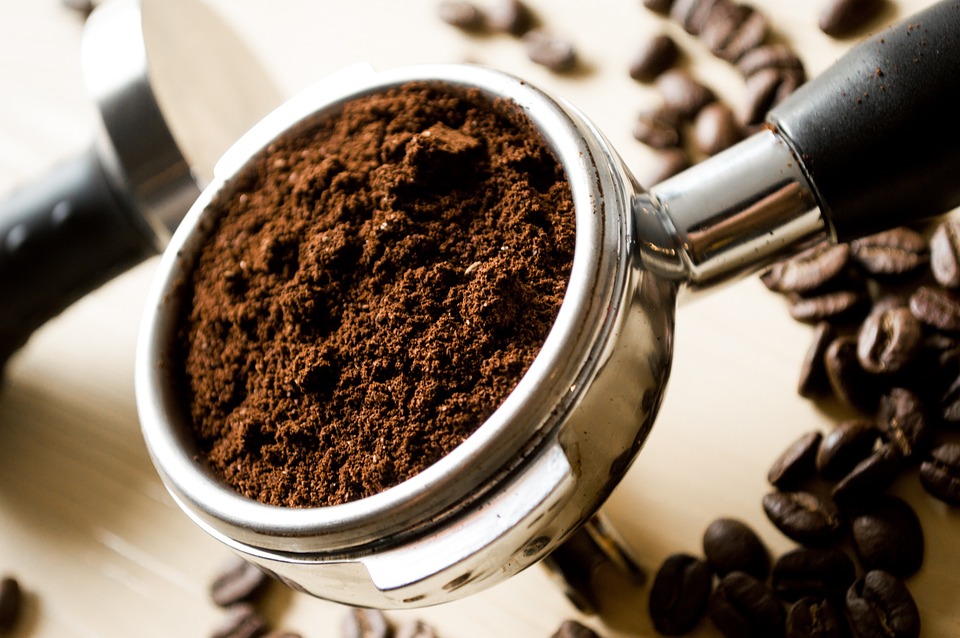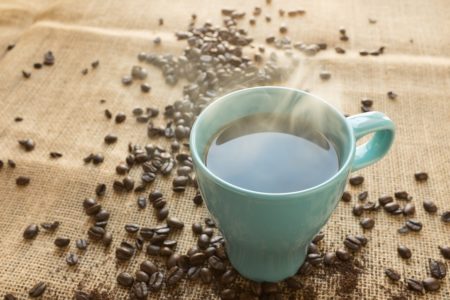Coffee chemistry: Why does your morning hit of caffeine taste so good?

Whether it’s a milky latte or a double shot of espresso, coffee has become an important morning ritual for many people all over the world. Its rich taste and aroma serves as a welcoming wake-up call and the caffeine helps keep you alert for the rest of the day, but did you know this is all down to the 1,000 different chemical compounds present in every cup? Acids, alkaloids, carbohydrates and proteins, either found in raw coffee beans or produced by the roasting process, work together to create a complex mixture of flavours and that distinctive coffee smell.
What’s in your cup?

- ACIDS – Both organic and inorganic acids are present in coffee, the most important of which is chlorogenic acid (CGA). This consists of two groups that contribute to coffee’s bitter taste.
- ALKALOIDS – although caffeine is the most famous alkaloid in coffee trigoneline is also present, which stops acidic by-products and other bacteria sticking to your teeth, helping to prevent cavities. It also contains pyridines that give coffee an earthy taste.
- CAFFEINE – this naturally occurring compound acts as a stimulant, making you feel alert and increasing brain activity. The recommended daily limit is 400 milligrams, equivalent to around three standards cups of coffee.
- CARBS AND PROTEINS – sucrose makes up roughly 50 per cent of coffee’s dry weight, but actually decomposes during roasting. However, it still plays an important role in the production of its distinct aroma.
How is coffee decaffeinated?
To make decaf coffee, companies soak green coffee beans in hot water (70-100 degrees Celsius/160-210 degrees Fahrenheit) to soften them and draw out the water-soluble caffeine molecules. Depending on the method, the water bath might contain a chemical solvent like methylene chloride or ethyl acetate that clings to the caffeine molecules and then evaporates out of the solution.
Another method soaks the beans under very high pressure and temperature, using liquid CO2 as a ‘natural’ solvent that bonds with the caffeine. The most natural method uses only water treated with coffee oils to draw out the caffeine gradually in batches. Once the green coffee liquid is at least 98 per cent caffeine free, it is soaked up again by the coffee beans, which are dried, roasted and bagged for sale.
For more science and technology articles, pick up the latest copy of How It Works from all good retailers or from our website now. If you have a tablet or smartphone, you can also download the digital version onto your iOS or Android device. To make sure you never miss an issue of How It Works magazine, subscribe today!






